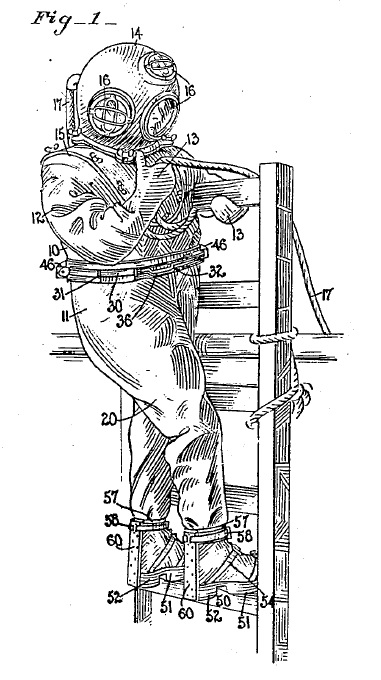In Luminara Worldwide, LLC v, Liown Electronics Co., Ltd., [2015-1671] (February 29, 2016), the Federal Circuit vacated a preliminary injunction on U.S. Patent Nos. 7,837,355; 8,070,319; and 8,534,869, directed to flickering artificial candles. The Federal Circuit rejected the accused infringer’s challenge that plaintiff did not have sufficient rights to enforce the patents, but agreed that there were substantial questions about the patent’s validity,
Monthly Archives: March 2016
The Specification (Including the Title) Narrowed the Scope of the Claims
In Ultimatepointer LLC v. Nintendo Co., Ltd., [201501297] (March 1, 2016), the Federal Circuit affirmed summary judgment of non-infringement of U.S. Patent No. U.S. Patent 8,049,729 on a handheld pointing device. At issue was whether the claims to a pointing device were covered the accused indirect pointing device, or were limited to direct pointing devices. i.e. devices for which the physical point-of-aim coincides with the item being pointed at. The district court found that the claims were limited to direct pointing devices, and thus were not infringed, and the Federal Circuit agreed.
The Federal Circuit balanced the rule against importing limitations from the specification into the claims, with the fact that repeated criticisms often indicate that subject matter was not intended to be within the scope of the claims.
We have cautioned against importing limitations from the specification into the claims when performing claim construction, Innogenetics, N.V. v. Abbott Labs., 512 F.3d 1363, 1370 (Fed. Cir. 2008); however, we have also recognized that “repeated derogatory statements” can indicate that the criticized technologies were not intended to be within the scope of the claims, Chicago Bd. Options Exch. v. Int’l Sec. Exch., 677 F.3d 1361, 1372 (Fed. Cir. 2012).
The Federal Circuit noted that he specification repeatedly emphasizes that the invention is directed to a direct-pointing system, and repeatedly called the hand held device a direct pointing device. The Federal Circuit even pointed to the title, “Easily-Deployable Interactive Direct Pointing System . . .” as indicating that the invention is limited to direct pointing systems, citing Exxon Chem. Patents, Inc. v. Lubrizol Corp., 64 F.3d 1553, 1557 (Fed. Cir. 1995). The Federal Circuit also noted that the specification emphasized how direct pointing was superior to indirect pointing, and conversely how the written description disparaged indirect pointing.
The Federal Circuit said that taken together, the repeated description of the invention as a direct-pointing system, the repeated extolling of the virtues of direct pointing, and the repeated criticism of indirect pointing clearly point to the conclusion that the “handheld device” in the claims was limited to a direct-pointing device.

